Complete Guide to Non-Surgical Body Contouring: Expert Tips & Treatment Options 2025
Want to transform your body without any surgery? You’re in the right place—welcome to the future of body sculpting! Non-surgical body contouring has taken off, with a huge 200% increase in popularity since 2020, according to the American Society for Aesthetic Plastic Surgery. In this guide, we’re breaking down everything you need to know about these game-changing treatments that are helping people get their dream bodies—no scalpel needed! From fat-freezing to skin-tightening, we’ve got all the expert tips and real results you’re looking for.
The Science Behind Non-Surgical Body Contouring
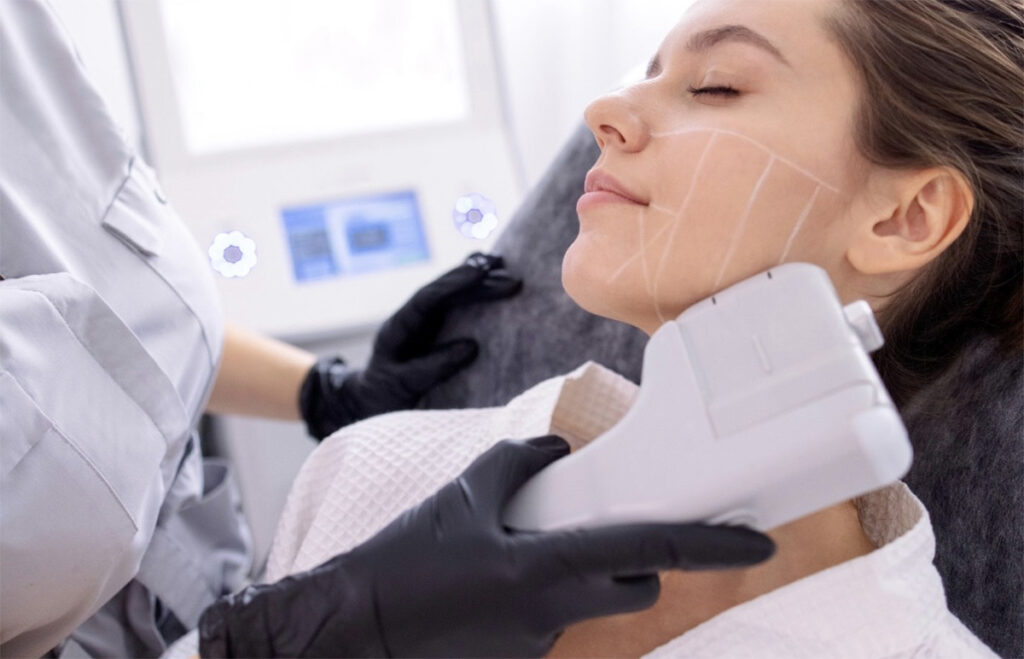
Understanding Body Sculpting Technologies
Non-surgical body contouring isn’t just about looking good—it’s about science at work! These treatments are rooted in advanced technology that’s designed to target specific areas of the body with precision. Let’s break it down!
Basic principles and mechanisms: At the core of non-surgical body sculpting is the idea of using energy to safely target fat, skin, or muscle. Whether it’s freezing, heating, or stimulating, these technologies work by either disrupting fat cells or stimulating the body to produce collagen and tighten skin. The most common methods include cryolipolysis (fat freezing), laser energy (skin tightening), and electromagnetic stimulation (muscle toning). Each treatment works with the body’s natural processes to create smoother, more sculpted results.
Evolution of non-surgical techniques: Non-surgical body contouring has come a long way! What started as basic fat reduction has evolved into more comprehensive treatments that also target skin laxity and muscle tone. In the past, many of these procedures required invasive surgery, but now, we have non-invasive or minimally invasive alternatives that give you the results without the scars or downtime.
Key scientific breakthroughs: One of the biggest breakthroughs has been the development of fat-freezing technology (CoolSculpting), which revolutionized fat reduction. Other breakthroughs, like HIFU (High-Intensity Focused Ultrasound) for skin tightening, use focused sound waves to target deep layers of tissue without damaging the surface skin. Advances in electromagnetic muscle stimulation (Emsculpt) have also made it possible to build muscle definition with minimal effort. These advancements have made body contouring safer, faster, and more effective than ever before!
Types of Body Tissue Targeting
Non-surgical body contouring treatments specifically target fat, skin, and muscles—each with a different focus. Let’s take a deeper dive into these three key types of tissue targeting.
Fat cell reduction methods: There are a few different ways to target fat, but the most popular methods are cryolipolysis (CoolSculpting) and laser fat reduction (SculpSure). Cryolipolysis works by freezing fat cells, causing them to break down and be naturally eliminated by the body over time. Laser fat reduction uses heat to disrupt fat cells, which are then metabolized by the body. Both methods aim to reduce stubborn fat areas and sculpt your body, with no invasive surgery required.
Skin tightening technologies: As we age, our skin loses collagen and elasticity, leading to sagging or loose skin. Non-surgical skin tightening technologies use various methods to stimulate collagen production and tighten the skin. Radiofrequency (RF) and HIFU are two of the most popular technologies for skin tightening. RF works by delivering heat energy deep into the dermis, which stimulates collagen fibers and causes the skin to tighten. HIFU, on the other hand, uses ultrasound waves to penetrate deeper layers of the skin, stimulating collagen and tightening the skin from within.
Muscle stimulation approaches: If you’re looking to tone and define your muscles, muscle stimulation treatments like Emsculpt and EMSculpt Neo are where it’s at! These treatments use electromagnetic pulses to force rapid muscle contractions, essentially giving your muscles a workout without any effort on your part. These contractions promote muscle growth and help reduce fat in the targeted area, making them great for sculpting muscles like the abs, thighs, or buttocks.
Popular Non-Surgical Body Contouring Methods
Temperature-Based Treatments
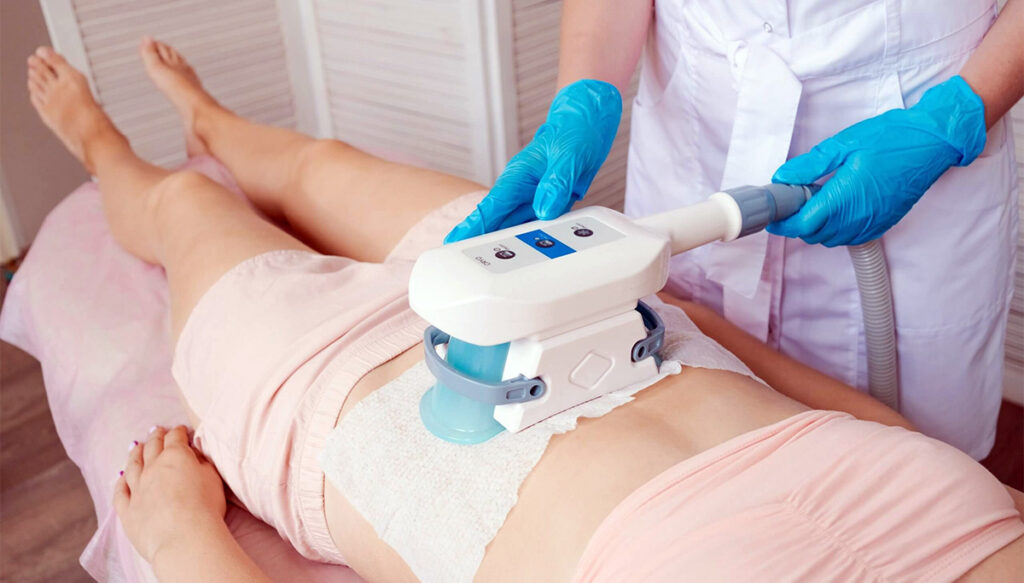
Temperature-based treatments are some of the most well-known non-surgical body contouring methods. These treatments work by using either cold or heat to target and break down fat or tighten skin. Let’s dive into the science and options!
CoolSculpting (cold therapy): One of the most popular non-surgical fat reduction treatments is CoolSculpting, which uses cold therapy to freeze fat cells. The fat freezing process, known as cryolipolysis, essentially kills the fat cells without harming the surrounding tissue. Over time, your body naturally processes and eliminates these dead fat cells, leaving you with a more sculpted appearance. CoolSculpting works best on areas with stubborn fat, such as the belly, thighs, and love handles.
Heat-based treatments: On the other side of the spectrum, heat-based treatments work by using controlled heat to target fat cells and promote skin tightening. One popular heat-based treatment is SculpSure, which uses laser energy to heat fat cells and disrupt their structure, leading to fat cell elimination. Heat can also stimulate collagen production, which helps tighten and firm the skin. These treatments are effective for areas like the abdomen, thighs, and under the chin.
Combination approaches: Some body contouring treatments combine both cold and heat for a more comprehensive approach to fat reduction and skin tightening. For example, certain spas or clinics may use CoolSculpting for fat freezing, followed by a radiofrequency (RF) or HIFU treatment to tighten the skin. This multi-modality approach targets fat and skin simultaneously for a more well-rounded result.
Energy-Based Technologies
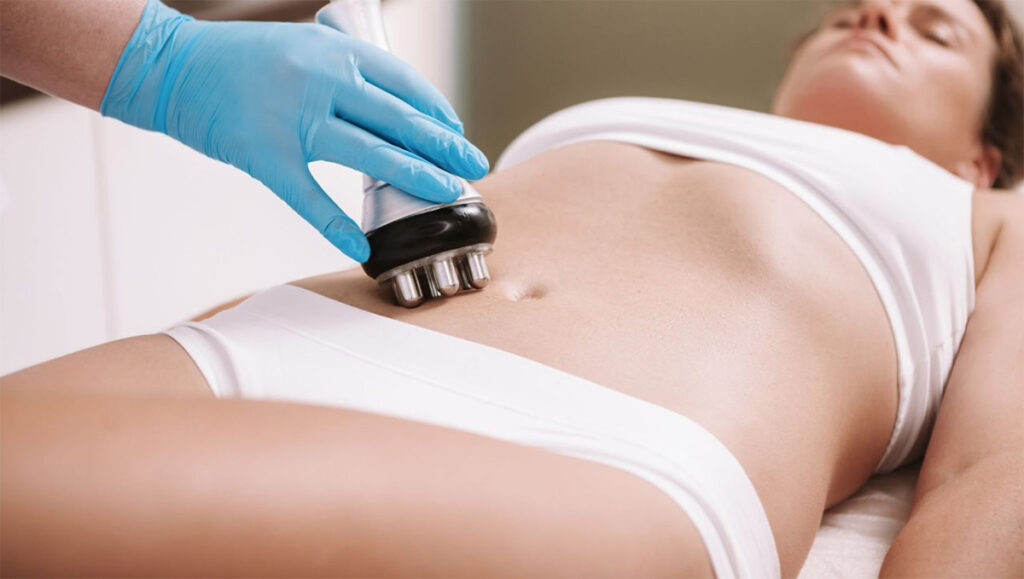
Energy-based technologies use different types of energy to target fat, stimulate muscles, or tighten skin, offering powerful alternatives to invasive procedures.
Radiofrequency treatments: Radiofrequency (RF) is a popular technology used to tighten the skin and promote collagen production. RF treatments use heat to stimulate the deeper layers of the skin, causing the collagen to contract and the skin to tighten. It’s often used for areas where the skin is beginning to lose its firmness, like the neck, jawline, and underarms. It’s also combined with fat-reduction techniques to achieve a toned, firm result.
Ultrasound therapies: Ultrasound treatments, like HIFU (High-Intensity Focused Ultrasound), use sound waves to penetrate deep into the skin and target fat cells. The heat generated by these sound waves disrupts fat cells, which are naturally flushed out by the body over time. HIFU also stimulates collagen production, which leads to skin tightening and a more lifted appearance. Ultrasound therapies are especially effective for deeper areas of fat and skin laxity.
Electromagnetic techniques: Electromagnetic techniques like Emsculpt use high-intensity electromagnetic pulses to stimulate rapid muscle contractions. These contractions are much more intense than what you’d get from exercise, leading to muscle building and fat reduction in the targeted area. It’s an excellent option for toning muscles, especially in areas like the abdomen, thighs, and buttocks. Emsculpt also has the added benefit of improving muscle definition while burning fat at the same time.
Light and Laser-Based Solutions
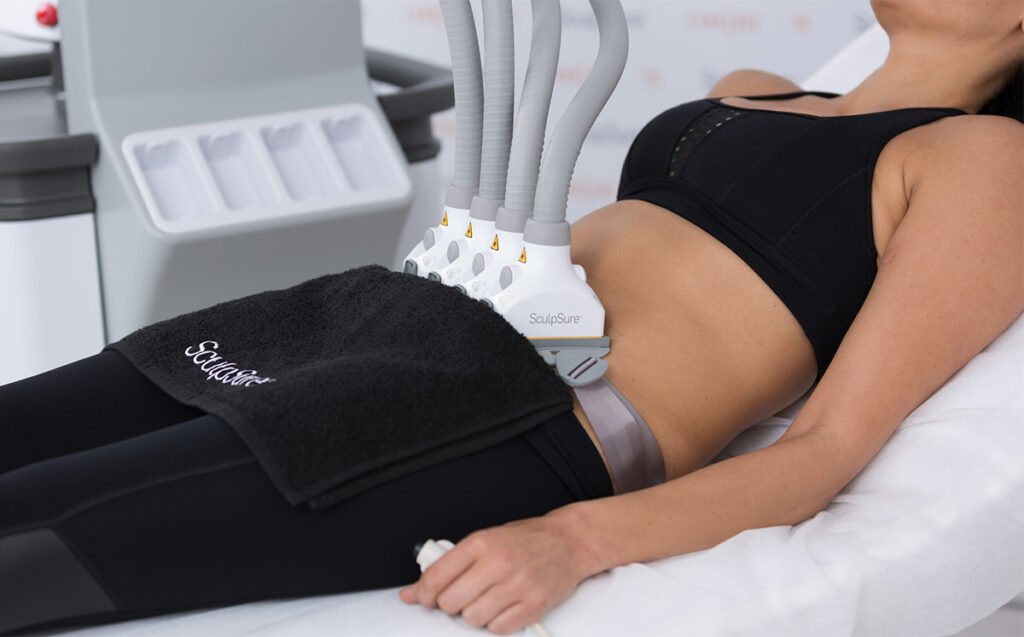
Laser and light-based treatments use specific wavelengths of light to target fat cells, stimulate collagen, or improve skin texture. These methods can be highly effective for body contouring with minimal downtime.
Different types of laser treatments: There are several types of laser-based treatments, including SculpSure (for fat reduction) and Fractional CO2 lasers (for skin tightening and resurfacing). SculpSure uses laser energy to heat and destroy fat cells, similar to how other heat-based treatments work. Fractional CO2 lasers, on the other hand, help stimulate collagen production and reduce the appearance of loose skin, fine lines, and wrinkles, making them ideal for areas where skin laxity is a concern.
Treatment areas and effectiveness: Laser-based treatments can be used on a variety of areas, depending on the treatment type. For example, SculpSure is great for the abdomen, love handles, and thighs, while CO2 lasers can target the face, neck, chest, and other areas of loose skin. The effectiveness varies depending on the type of laser and the individual’s body, but generally, lasers are known for their ability to reduce fat and improve skin texture with minimal downtime.
Technology comparisons: So, how do laser treatments compare to other energy-based or temperature-based methods? Lasers tend to be more focused on skin rejuvenation and fat reduction, while energy-based treatments like RF or HIFU are more focused on tightening skin and stimulating collagen. For those looking for both fat loss and skin tightening, combining laser treatments with RF or ultrasound therapies can be an ideal approach. Laser treatments tend to provide more precise results in targeted areas, while RF and ultrasound methods offer broader body-wide benefits.
What to Expect During Treatment
The Consultation Process
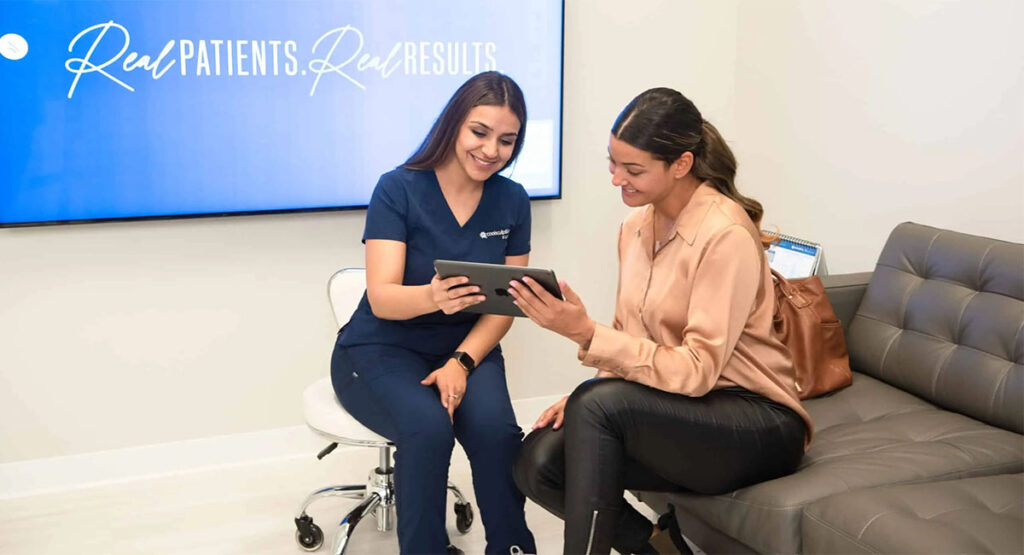
Before jumping into any non-surgical body contouring treatment, it’s important to understand what the consultation will look like. This is your chance to learn all about the procedure, ask questions, and set expectations for what’s ahead!
Initial assessment: During your initial consultation, your provider will begin by discussing your goals. They’ll want to know what areas you’re looking to contour and why, whether it’s for fat reduction, skin tightening, or muscle sculpting. It’s also the perfect time to discuss any medical history or conditions that could affect your treatment options.
Body composition analysis: Many clinics now offer body composition analysis as part of the consultation. This may involve using technology like bioelectrical impedance or a skinfold caliper test to get a detailed understanding of your body’s fat distribution, muscle mass, and overall health. This helps your provider understand which areas of your body could benefit the most from specific treatments and allows them to customize a plan for you.
Treatment planning: Based on your goals, body composition, and any medical considerations, your provider will create a tailored treatment plan. They’ll explain which treatments are best suited for your needs, how many sessions are recommended, and what results you can expect. This is also a great time to ask about the costs, possible risks, and the timeline for seeing results.
During Your Session
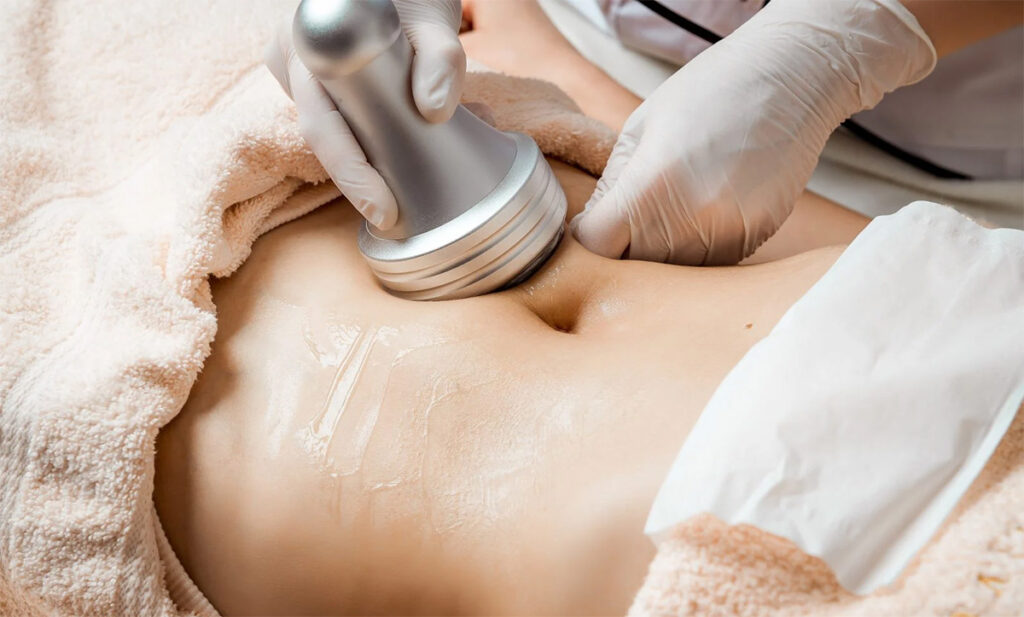
Once you’re all prepped and ready to go, here’s what you can expect during your treatment session. Don’t worry—most non-surgical treatments are quick and easy, with minimal discomfort!
Step-by-step procedure details: Your provider will begin by preparing the treatment area, which may involve marking the skin or applying a gel or numbing cream, depending on the type of treatment. For example, in CoolSculpting, a suction applicator is placed on the targeted area to begin the fat-freezing process, while for RF skin tightening, a handheld device is moved across the skin to deliver the radiofrequency energy. The procedure is typically straightforward, and you’ll be closely monitored throughout.
Comfort measures: While non-surgical treatments are designed to be as comfortable as possible, some people experience mild discomfort. For example, during CoolSculpting, you may feel a cold sensation followed by a slight tingling or numbness. With Emsculpt, you might experience muscle contractions that feel like an intense workout. If discomfort arises, your provider will adjust the settings or offer cooling or soothing measures to ensure your comfort throughout the session.
Time requirements: Most treatments are relatively quick and can be done during your lunch break! For example, CoolSculpting typically takes about 35-60 minutes per treatment area, while Emsculpt sessions last about 30 minutes. Depending on how many areas you’re treating, your session may last longer, but in general, non-surgical treatments are efficient and time-friendly.
Post-Treatment Care
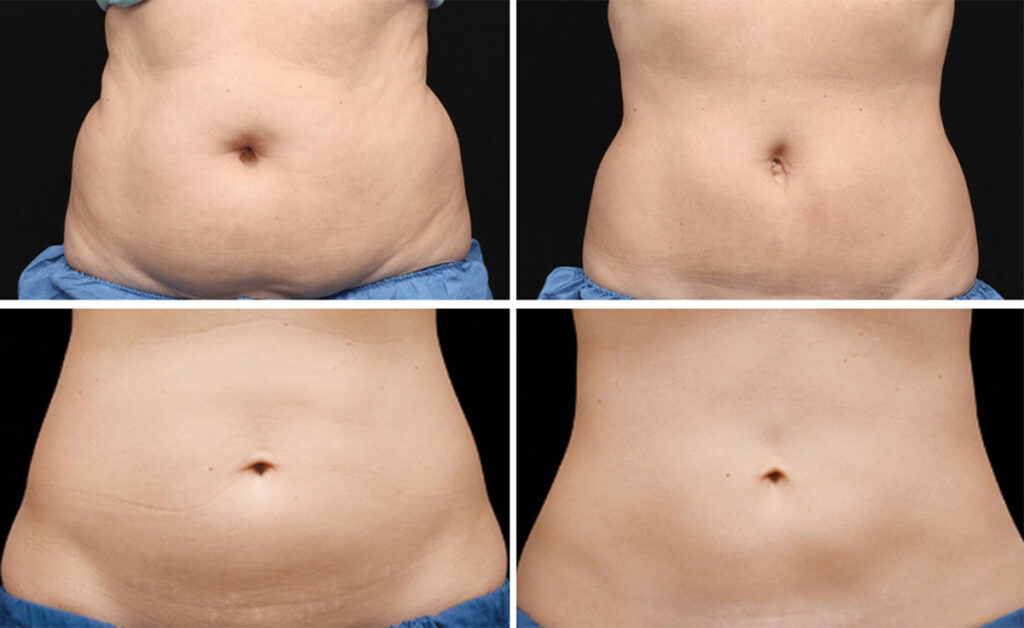
After your session, it’s important to follow post-treatment care guidelines to ensure you get the best possible results. Here’s what you can expect once the treatment is over.
Recovery guidelines: One of the biggest advantages of non-surgical body contouring is that recovery is usually minimal. You might experience some mild redness, swelling, or bruising, especially in areas like the stomach, thighs, or under the chin. If you had CoolSculpting, you may feel some numbness or tingling in the treated area, which typically subsides within a few hours. You can usually return to your regular activities right after treatment, though you should avoid intense workouts for a few days.
Follow-up protocols: Some treatments, like Emsculpt, require multiple sessions for optimal results. Your provider will give you a timeline for when to schedule your next appointment. Typically, you’ll need anywhere from 2 to 6 sessions, spaced a few weeks apart, depending on the treatment type. Regular follow-ups allow your provider to track your progress and make adjustments as needed.
Maintenance recommendations: While results from non-surgical body contouring treatments are long-lasting, maintaining those results requires some effort. Your provider may suggest certain lifestyle changes to support your body goals, like regular exercise, a balanced diet, and drinking plenty of water. For some treatments, periodic touch-up sessions may be recommended to keep your results looking their best.
Results and Timeline

Setting Realistic Expectations
One of the most important things when considering non-surgical body contouring is understanding that results take time. While you might want to see instant transformation, patience is key! Here’s a breakdown of what you can expect.
Typical results timeline: After your treatment, you won’t see immediate changes right away—this isn’t a quick fix like a magic wand! For most treatments, such as CoolSculpting or SculpSure, the initial results start showing up within 3 to 4 weeks. However, the full results can take 2-3 months to become fully visible as your body gradually eliminates the treated fat cells. Emsculpt results can be noticeable even after a few weeks, but maximum results typically appear after 2 to 3 sessions, with full muscle definition showing over the next few months.
Factors affecting outcomes: Keep in mind that the results can vary depending on several factors, including your body type, lifestyle, and the specific area being treated. People who maintain a healthy diet and exercise routine will likely see more noticeable, lasting results. Additionally, how your body responds to the treatment—such as how quickly you flush out fat cells or build muscle—can influence how quickly you notice improvements.
Before and after expectations: It’s important to set realistic expectations. While non-surgical treatments can significantly improve body contours, the results may not be as dramatic as a surgical procedure like liposuction or a tummy tuck. However, most people see a noticeable reduction in fat, improvement in skin elasticity, or muscle definition with proper treatment. If you’re looking for subtle, gradual changes, non-surgical body contouring is a great choice!
Long-Term Results
So, you’ve got your treatment and seen great results—now what? Long-term results depend on how you maintain your body post-treatment and whether you commit to a healthy lifestyle. Here’s what to expect long-term.
Maintenance requirements: Non-surgical body contouring results are long-lasting, but they’re not permanent. To keep your results looking great, you’ll need to maintain a healthy lifestyle. For fat reduction treatments like CoolSculpting, the fat cells that are eliminated typically don’t come back, but if you gain weight, new fat cells could form in untreated areas. Muscle sculpting treatments like Emsculpt require regular exercise to maintain muscle tone. The occasional touch-up treatment may also be recommended to preserve the look.
Lifestyle factors: Staying active, eating a balanced diet, and staying hydrated are crucial to maintaining your body contouring results. If you’re aiming to keep fat off, make sure you stay committed to your fitness routine. For muscle definition, incorporating strength training into your workout can help preserve the results from Emsculpt. If you’re focusing on skin tightening, continuing to use skincare that boosts collagen production can help keep your skin firm and youthful-looking.
Touch-up treatments: To keep results looking fresh, many people opt for touch-up treatments every few months to a year, depending on the type of treatment and their body’s response. For example, some people schedule a CoolSculpting touch-up after 6 months to maintain fat reduction, while others may return for additional RF skin tightening sessions if their skin starts to lose its firmness over time. These touch-ups can help keep you on track and ensure your body remains sculpted and defined.
Choosing the Right Treatment
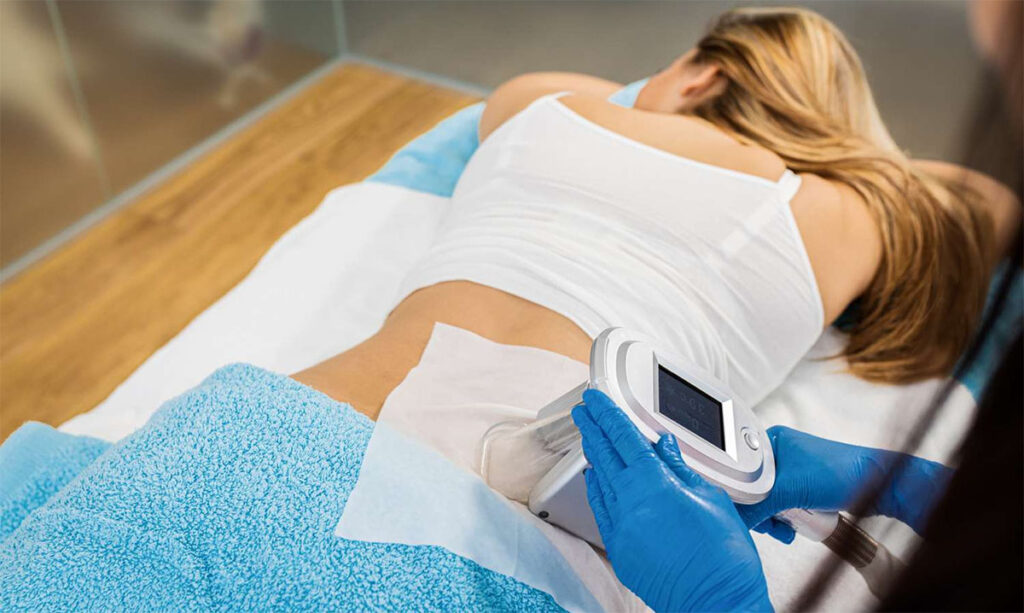
Body Areas and Treatments
When choosing the right body contouring treatment, it’s essential to consider the specific area you want to treat. Different treatments work better for different parts of the body, so let’s break it down!
Treatment matching guide: Each non-surgical treatment is designed to address particular body areas. For example, CoolSculpting is great for areas with stubborn fat, such as the belly, thighs, and love handles. If you’re looking to tighten skin, radiofrequency treatments or HIFU might be the best option for areas like the face, jawline, and arms. For muscle sculpting, Emsculpt works wonders on the abs, glutes, and thighs. Understanding which treatment targets your concern will help you make the best choice for your goals.
Combination therapy benefits: Sometimes, a single treatment isn’t enough to achieve the body shape you want. Combination therapies are a great way to tackle multiple concerns at once. For instance, you could combine CoolSculpting (fat reduction) with RF skin tightening for smoother, tighter skin after fat loss. Another popular combo is Emsculpt with CoolSculpting, where Emsculpt builds muscle and CoolSculpting targets fat, giving you toned muscles and a sculpted body. Combining treatments often speeds up the process and enhances results!
Customization options: The beauty of non-surgical body contouring is that it’s highly customizable. Your provider will assess your unique body type, goals, and areas of concern, tailoring a treatment plan that’s perfect for you. If you’re targeting more than one area (like your abdomen and thighs), your provider might suggest a mix of treatments to maximize results. Customization helps ensure you’re not just getting a one-size-fits-all solution.
Cost Considerations
Non-surgical body contouring can be an investment, so it’s important to consider the costs before committing to a treatment. Here’s a breakdown of what to expect.
Price ranges for different treatments: The cost of body contouring varies depending on the treatment, the area being treated, and the number of sessions required. For example, CoolSculpting can cost anywhere from $2,000 to $4,000 for a full treatment session, depending on the size of the area being treated. Emsculpt can range from $3,000 to $4,000 for a series of sessions. Radiofrequency and HIFU treatments typically fall in the $500 to $1,500 per session range, depending on the area and the clinic. Remember, most treatments require multiple sessions, so factor in those costs.
Payment options: Many clinics offer payment plans or financing options to make treatments more affordable. Some providers partner with financing companies like CareCredit to help you break down the cost into manageable monthly payments. Make sure to ask about payment options when you schedule your consultation. Some clinics may also offer package deals that reduce the cost per session if you commit to multiple treatments upfront.
Insurance coverage information: Unfortunately, most insurance companies do not cover non-surgical body contouring treatments, as they are typically considered cosmetic procedures. However, it’s always worth checking with your insurance provider to see if any part of the treatment could be covered. Some people may be able to use health savings accounts (HSAs) or flexible spending accounts (FSAs) to help cover the costs. It’s a good idea to check with your clinic as well, as some may offer discounts or specials that make treatments more accessible.
Safety and Considerations
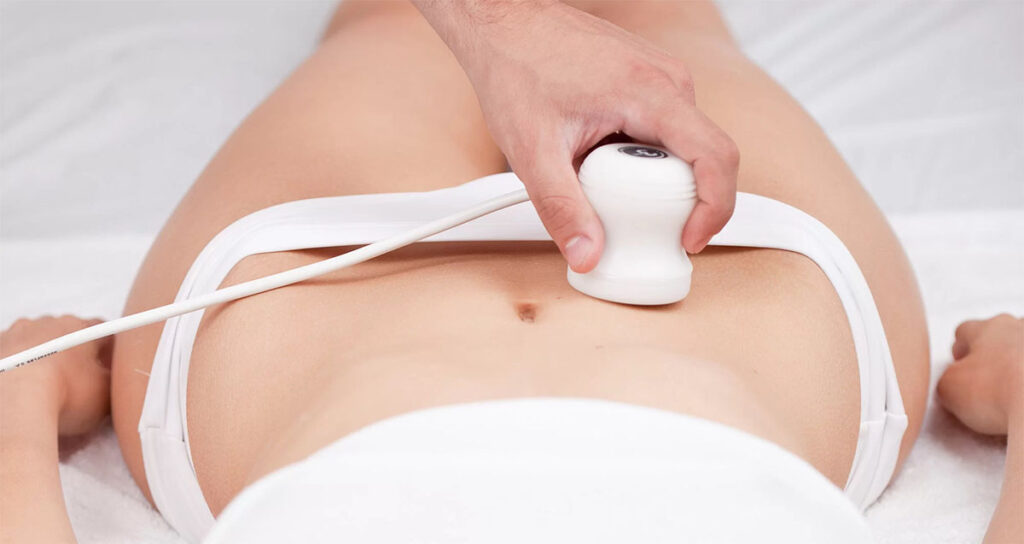
Understanding the Risks
As with any cosmetic procedure, it’s important to understand the potential risks before committing to non-surgical body contouring treatments. While these procedures are generally safe, it’s essential to be aware of what could go wrong and how to manage those risks.
Potential side effects: Most non-surgical body contouring treatments come with minimal risks, but some side effects can occur. For example, CoolSculpting may cause temporary redness, swelling, or bruising at the treatment site, while Emsculpt may leave you feeling sore, similar to post-workout muscle fatigue. Other side effects could include numbness, tenderness, or slight swelling, which typically resolve within a few hours or days. It’s important to follow your provider’s aftercare instructions to minimize these effects and ensure your body heals correctly.
Contraindications: Certain conditions might make you ineligible for some treatments. For instance, if you have skin conditions, pregnancy, recent surgeries, or certain chronic illnesses, some treatments might not be recommended. For example, people with cold urticaria (a condition where you break out in hives when exposed to cold) may not be candidates for CoolSculpting. Before you commit to any treatment, always make sure your provider is aware of any underlying health conditions or medications you’re taking.
Safety protocols: To ensure your safety, always choose a certified provider who follows proper safety protocols. This includes using FDA-approved devices and ensuring that the treatment is customized to your individual needs. Reputable clinics should have a clear process for evaluating your suitability for treatment, monitoring your progress, and managing any complications that arise. Make sure the clinic follows proper hygiene practices and uses up-to-date, well-maintained equipment.
Finding Qualified Providers
Choosing a qualified provider is one of the most important steps in ensuring your non-surgical body contouring treatment is safe and effective. Here’s what you need to know when searching for the right professional.
Certification requirements: Always choose a provider who is properly certified in performing body contouring procedures. Look for someone with credentials such as board certification in dermatology, plastic surgery, or aesthetic medicine. Many treatments, such as CoolSculpting or Emsculpt, require specific training and certification from the manufacturers of the devices. Make sure your provider has these certifications and is experienced in using the technology.
Questions to ask: When you’re considering a provider, ask plenty of questions to assess their experience and qualifications:
- How many treatments have you performed?
- Can you show before-and-after photos of past clients?
- Are you licensed and certified to perform this procedure?
- What kind of results can I expect, and how many sessions will I need?
- What risks and side effects should I be aware of?
- Can you explain the aftercare process in detail?
Red flags to watch for: If a provider makes unrealistic promises, like guaranteeing results or offering extremely low prices, it’s a red flag. Non-surgical body contouring is an investment, and treatments that seem too good to be true usually are. Additionally, be cautious if the clinic doesn’t prioritize your safety or if the provider can’t answer your questions clearly. If you feel rushed or uncomfortable during your consultation, it may be a sign to look elsewhere.
Conclusion
Non-surgical body contouring is a safe and effective way to get the body you want without the hassle of surgery and long recovery times. By understanding your options and teaming up with qualified professionals, you can create a personalized treatment plan that gives you the results you’re after. Ready to kickstart your transformation? Book a consultation with a certified provider to figure out which treatment is the perfect fit for you!


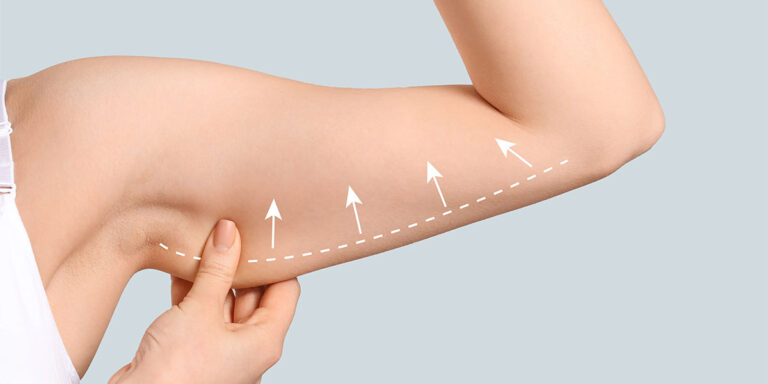

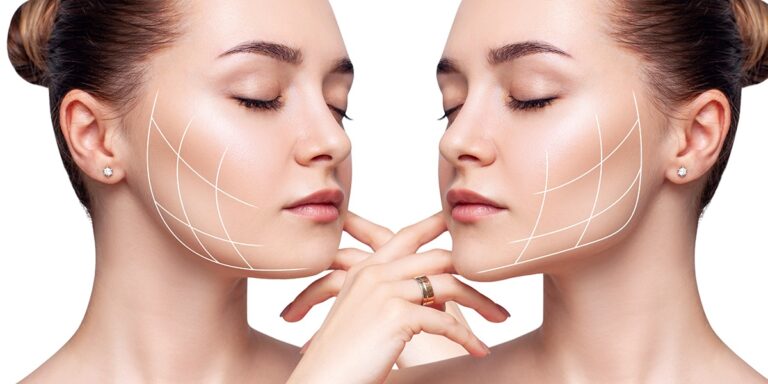
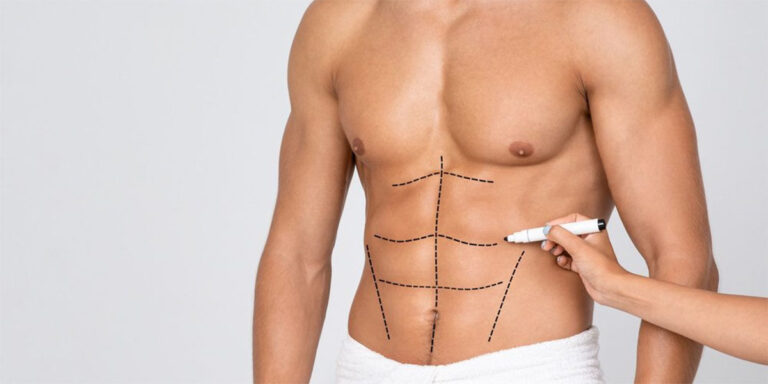
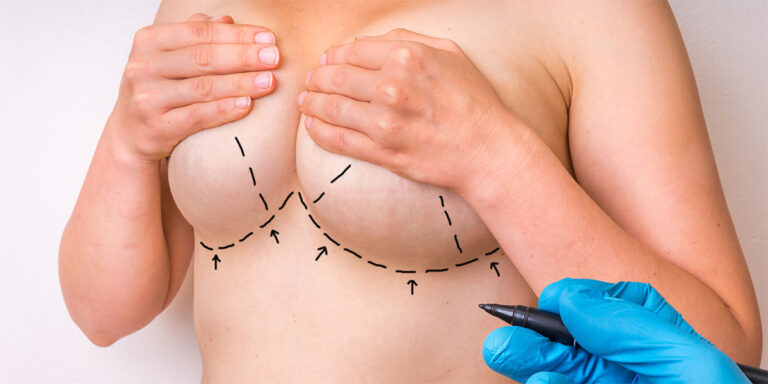
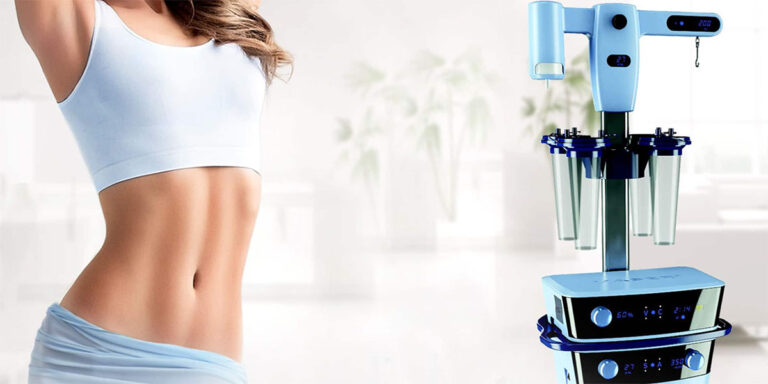
Заказать документ о получении высшего образования вы сможете у нас. Заказать диплом ВУЗа по доступной стоимости можно, обратившись к надежной специализированной компании. [url=http://social.instinxtreme.com/read-blog/33661_kupit-nedorogo-diplom-o-vysshem-obrazovanii.html/]social.instinxtreme.com/read-blog/33661_kupit-nedorogo-diplom-o-vysshem-obrazovanii.html[/url]